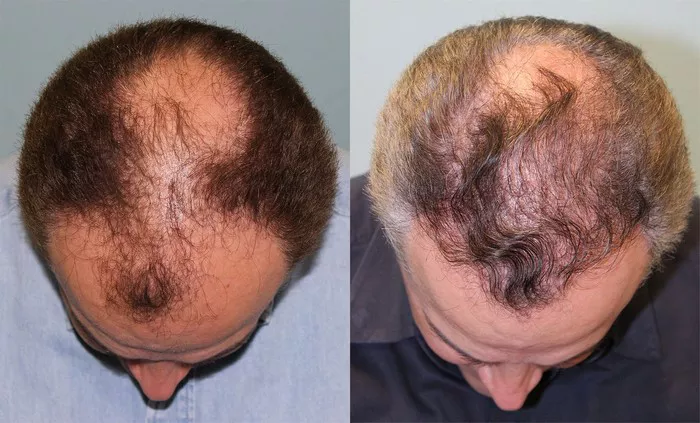Hair transplant surgery is a transformative procedure that offers hope to those experiencing hair loss. Whether due to genetics, aging, or other factors, many individuals seek out this solution to regain their confidence and restore their appearance. However, the success of a hair transplant relies heavily on proper post-operative care, particularly during the delicate recovery period immediately following the procedure.
Delicate Recovery Period (First 14 Days)
In the initial two weeks following a hair transplant, the scalp undergoes a delicate recovery process. During this time, the newly transplanted grafts are exceptionally fragile and susceptible to damage. It’s crucial for patients to understand that excessive touching or friction can disrupt the healing process and even cause the grafts to fall out.
The treated area should avoid contact with any abrasive surfaces or objects that may cause friction. This includes avoiding hats, helmets, or any tight-fitting headgear that could potentially rub against the scalp. Additionally, patients should refrain from scratching or picking at the transplanted area, as this can also lead to graft displacement or damage.
Avoid Touching the Grafts
One of the most critical aspects of post-operative care is avoiding any direct contact with the transplanted grafts. While it may be tempting to touch or inspect the newly implanted hair, doing so can introduce bacteria from the hands and fingers, increasing the risk of infection.
Patients must understand the importance of keeping their hands away from the treated area, even if they are experiencing itching or discomfort. Instead, they can try distracting themselves with activities that do not involve touching their scalp, such as reading, watching television, or engaging in light exercise.
Safe Timeframe for Touching
After a hair transplant, patients should wait a minimum of 14 days before attempting to touch their hair grafts. By this time, the grafts will have developed enough strength to withstand minor movement or friction without risk of dislodgement.
It’s crucial to emphasize to patients that patience is key during this recovery period. While they may be eager to assess the progress of their transplant, premature touching can have detrimental effects on the outcome of the procedure.
Hair Grafts Falling Out
One of the primary concerns for patients in the early stages of recovery is the potential for hair grafts to fall out. It’s essential to reassure patients that this is a common occurrence and not necessarily indicative of a failed transplant.
During the first 14 days post-transplant, the hair follicles are still in the process of establishing themselves in their new environment. As a result, they are more susceptible to dislodgement from any external forces, including touching or friction.
Proper Hair Washing
While it’s essential to avoid touching the transplanted area, proper hair washing is still a crucial aspect of post-operative care. Patients should wait at least 48 hours after the procedure before washing their hair to allow the grafts to settle securely.
When washing the hair, patients should use lukewarm water and a gentle, sulfate-free shampoo. It’s important to avoid using hot water or applying intense water pressure directly to the scalp, as this can disrupt the healing process and increase the risk of graft displacement.
Patients should also refrain from rubbing or scrubbing the transplanted area during washing. Instead, they should gently massage the shampoo into the scalp using their fingertips, taking care to avoid the newly implanted grafts.
Post-Transplant Hair Loss (“Shock Loss”)
In some cases, patients may experience temporary hair loss in the weeks following a hair transplant. This phenomenon, known as “shock loss,” occurs when the existing hair follicles go into a dormant state in response to the trauma of the procedure.
It’s essential for patients to understand that shock loss is a normal part of the recovery process and typically resolves on its own within a few months. While it can be disheartening to see additional hair loss after undergoing a transplant, it’s important to trust in the expertise of the surgeon and remain patient as the hair begins to regrow.
In conclusion, the delicate recovery period immediately following a hair transplant is a crucial time for patients to adhere to strict post-operative care instructions. By avoiding touching the transplanted grafts, practicing proper hair washing techniques, and understanding the potential for temporary hair loss, patients can optimize their chances of achieving successful outcomes and enjoying long-lasting results.


